Author: Mike Neville
The term “lager” is unique in that it’s both a noun, referring to a general type of beer, and a verb, describing the way in which beer is treated. In essence, lager is lagered, meaning after being fermented cool, they go through an extended period of cold conditioning before they’re ready to be served, or at least they’re supposed to go through such a step.
Over the last few years, brewers have started experimenting with fermenting lager styles at warmer than recommended temperatures, the goal being to reduce the overall turnaround time, which also tends to involve a drastic reduction in lagering time. While certain lager yeast strains do appear to be more sensitive to the temperature at which they’re fermented, others seem to be more robust, producing beers that are largely indistinguishable even when fermented upwards of 20°F/10°C apart.
Described as “a northern European lager yeast famously used in Pilsner style beers that complement significant hop additions,” Imperial Yeast L25 Hygge was first released as a seasonal strain in the winter of 2022 with a recommended fermentation temperature range of 46 – 56°F/8 – 13°C. While I personally have no issues taking a more traditional approach to lager fermentation, I was curious how this novel strain would react to different temperatures and designed an xBmt to test it out.
| PURPOSE |
To evaluate the differences between a German Helles Exportbier fermented with Imperial Yeast L25 Hygge at 56°F/13°C and one fermented at 66°F/19°C.
| METHODS |
With the hope of ensuring any differences are easily perceived, I went with a simple German Helles Exportbier recipe for this xBmt.
A Tasty Cheers
Recipe Details
| Batch Size | Boil Time | IBU | SRM | Est. OG | Est. FG | ABV |
|---|---|---|---|---|---|---|
| 5.5 gal | 60 min | 24.2 | 6.2 SRM | 1.062 | 1.011 | 6.69 % |
| Actuals | 1.062 | 1.011 | 6.69 % | |||
Fermentables
| Name | Amount | % |
|---|---|---|
| Pelton: Pilsner-style Barley Malt | 9 lbs | 75 |
| Munich | 1.5 lbs | 12.5 |
| Vanora: Vienna-style Barley Malt | 1.5 lbs | 12.5 |
Hops
| Name | Amount | Time | Use | Form | Alpha % |
|---|---|---|---|---|---|
| Triumph | 14 g | 60 min | First Wort | Pellet | 10.7 |
| Spalt Select | 21 g | 10 min | Boil | Pellet | 6.1 |
| Spalt Select | 21 g | 5 min | Boil | Pellet | 6.1 |
Yeast
| Name | Lab | Attenuation | Temperature |
|---|---|---|---|
| Hygge (L25) | Imperial Yeast | 75% | 32°F - 32°F |
Notes
| Water Profile: Ca 111 | Mg 7 | Na 5 | SO4 118 | Cl 89 |
Download
| Download this recipe's BeerXML file |
After collecting the water for a single 10 gallon/38 liter batch, I weighed out and milled the grain.
With the water properly heated, I incorporated the grains then checked to make sure the mash was at my target temperature.
During the mash rest, I prepared the kettle hop additions.
Once the mash was finished, I batch sparged to collect my target pre-boil volume then proceeded to boil the wort 60 minutes, adding hops at the times listed in the recipe.
When the boil was complete, I quickly chilled the wort.
Next, I transferred identical volumes of wort to separate fermenters.
Refractometer readings showed the weak boil wort was 0.006 SG point lower than the wort boiled vigorously.
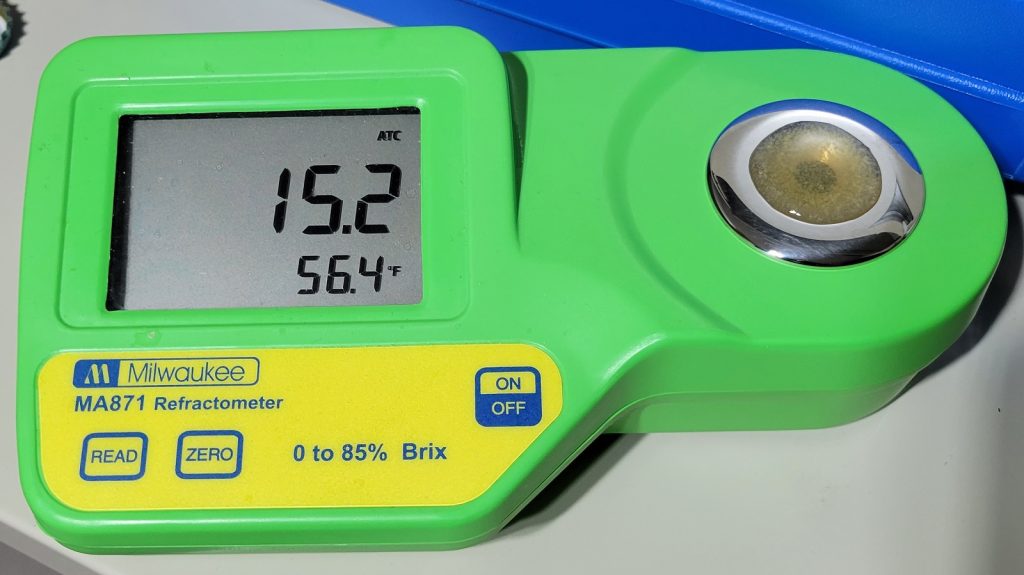
The fermenters were connected to my glycol unit and allowed to finish chilling to my desired fermentation temperatures of either 56°F/13°C or 66°F/19°C, at which point I pitched a single pouch of Imperial Yeast L25 Hygge into each batch.
The beers were left to ferment for 2 weeks before I took hydrometer measurements showing the beer fermented cool finished 0.003 SG points higher than the beer fermented warm.
At this point, I cold crashed the beers to 38°F/3°C over a 24 hour period then pressure transferred them to CO2 purged kegs.
The filled kegs were placed in my keezer and burst carbonated overnight before I reduced the gas to serving pressure. After 3 weeks of conditioning, they were carbonated and ready for evaluation.
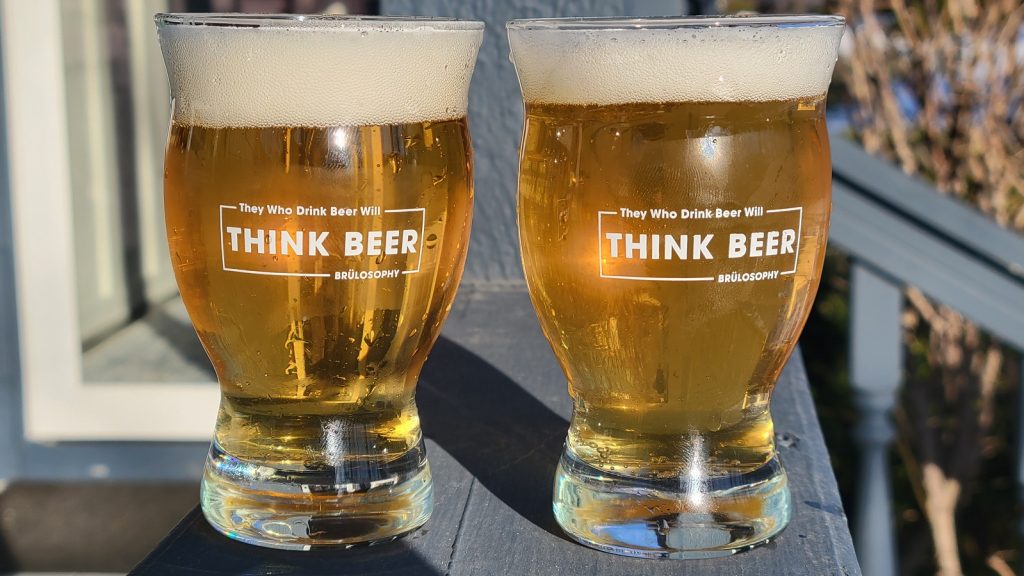
| RESULTS |
A total of 20 people of varying levels of experience participated in this xBmt. Each participant was served 1 sample of the cool fermented beer and 2 samples of the warm fermented beer in different colored opaque cups then asked to identify the unique sample. While 11 tasters (p<0.05) would have had to accurately identify the unique sample in order to reach statistical significance, only 7 did (p=0.52), indicating participants in this xBmt were unable to reliably distinguish a German Helles Exportbier fermented with Imperial Yeast L25 Hygge at 56°F/13°C from one fermented at 66°F/19°C.
My Impressions: Out of the 5 semi-blind triangle tests I attempted, I correctly identified the odd-beer-out 3 times. To my palate, both beers had the same grainy, doughy malt character with supporting hop bitterness and clean fermentation character. I detected no off-flavors in either of these beers, both were equally enjoyable.
| DISCUSSION |
Fermentation temperature is a variable viewed as being highly important by most brewers, especially when it comes to lager styles, which are expected to be fermented cool in order to suppress ester development. Countering common conceptions, tasters in this xBmt were unable to reliably distinguish a German Helles Exportbier fermented with Imperial Yeast L25 Hygge at 56°F/13°C from one fermented at 66°F/19°.
When considering possible explanations for this result, it seems plausible L25 Hygge is a Frohberg-type yeast strain, similar to the popular Weihenstephaner lager yeast, which is known for its robustness. While arguably meaningless due to the non-significance of this xBmt, it’s interesting to note that of the 7 tasters who accurately identified the unique sample in the triangle test, 6 reported preferring the one that was fermented warm while 1 had no preference.
I use a glycol chiller, which makes controlling fermentation temperatures really easy, so the only excuse I have for fermenting lagers warm is to hasten the turnaround time. As patient as I am, these xBmt results, when viewed in light of past findings, further serve to bolster my belief that certain lager yeast strains aren’t as sensitive to warm fermentation temperatures as I previously thought. While I’ll continue making some lagers lager using more traditional methods, I certainly won’t shy away from fermenting warm with Imperial Yeast L25 Hygge in the future.
If you have any thoughts about this xBmt, please do not hesitate to share in the comments section below!
Support Brülosophy In Style!
All designs are available in various colors and sizes on Amazon!
Follow Brülosophy on:
FACEBOOK | TWITTER | INSTAGRAM
If you enjoy this stuff and feel compelled to support Brulosophy.com, please check out the Support page for details on how you can very easily do so. Thanks!


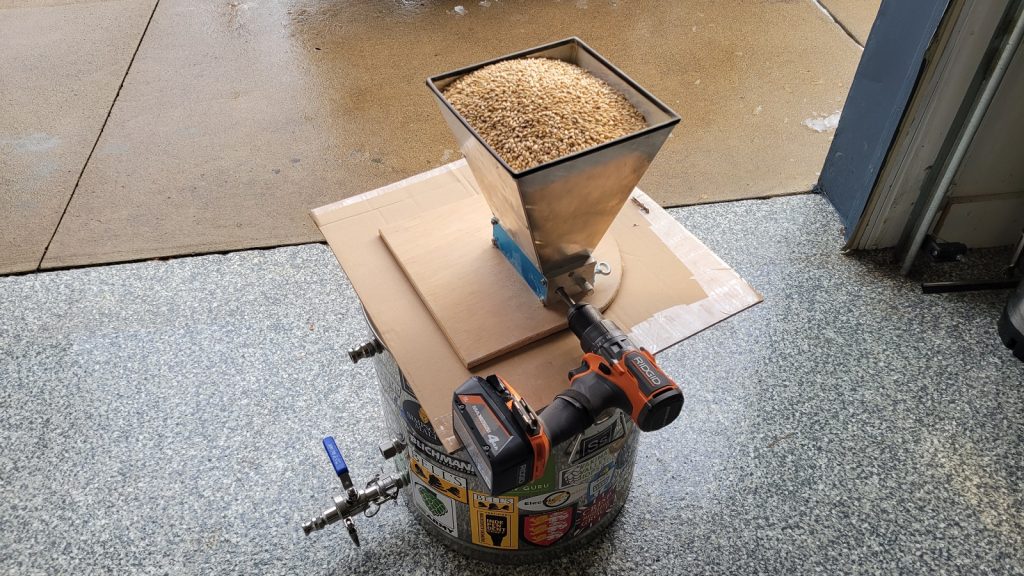
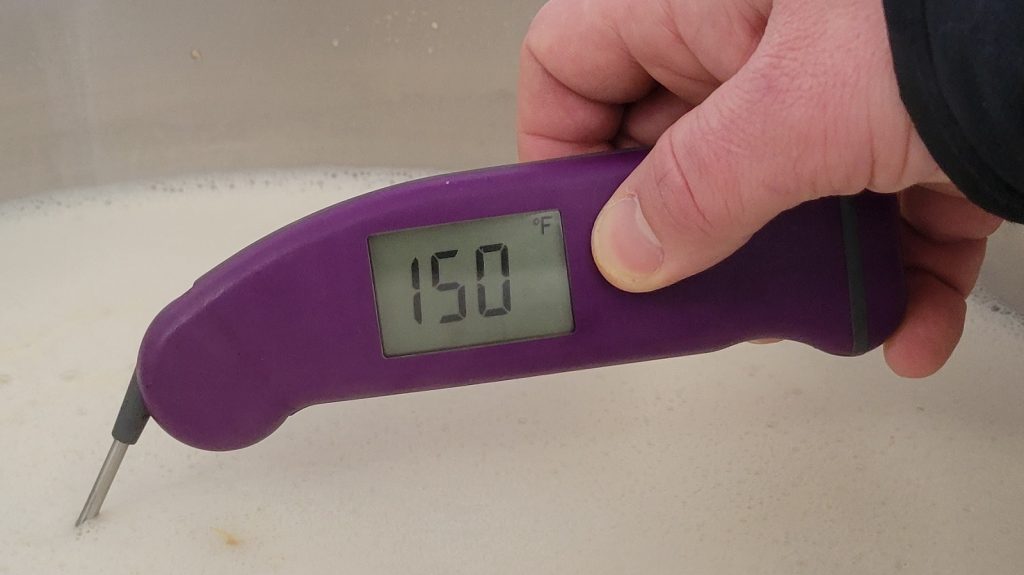
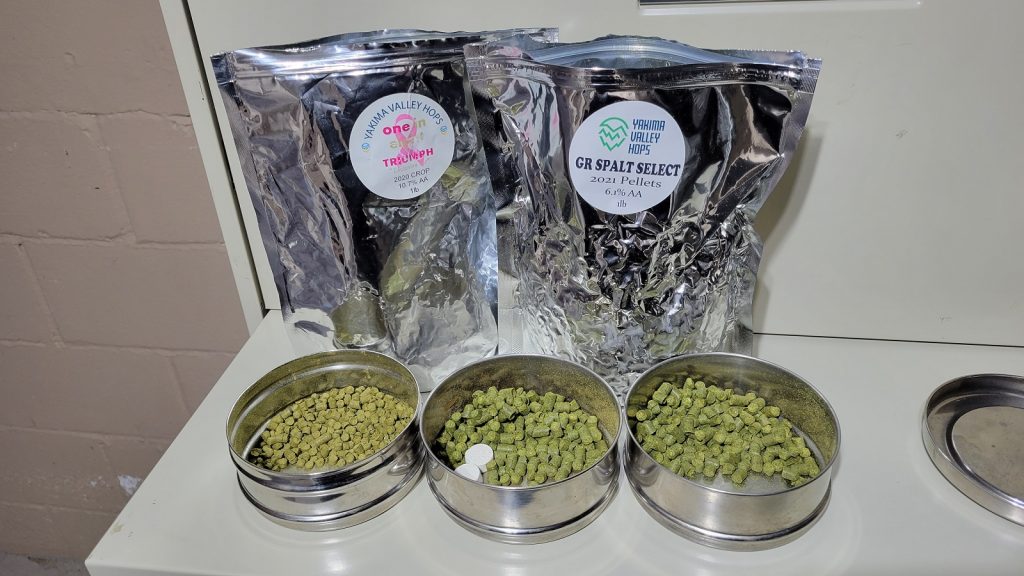
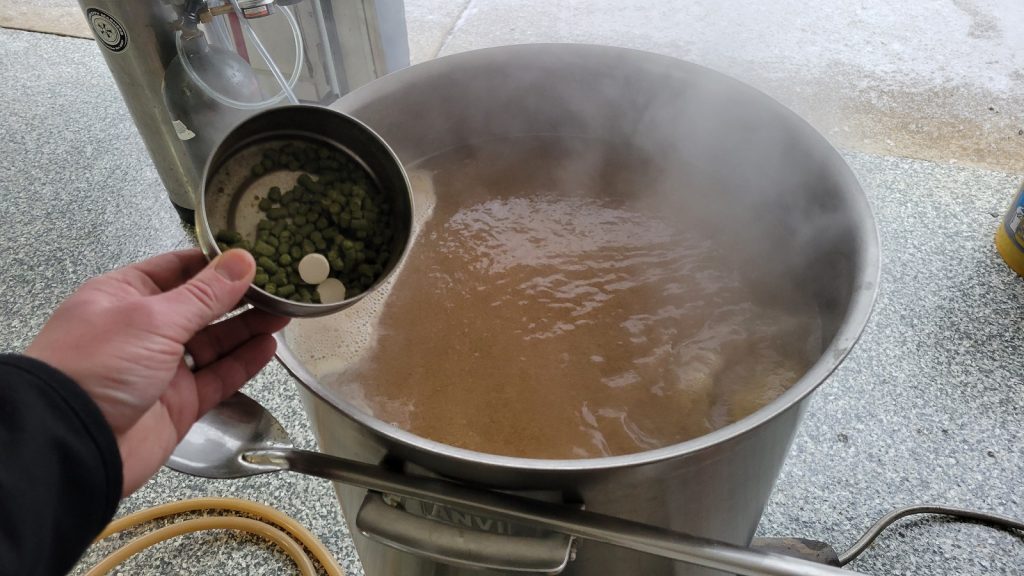
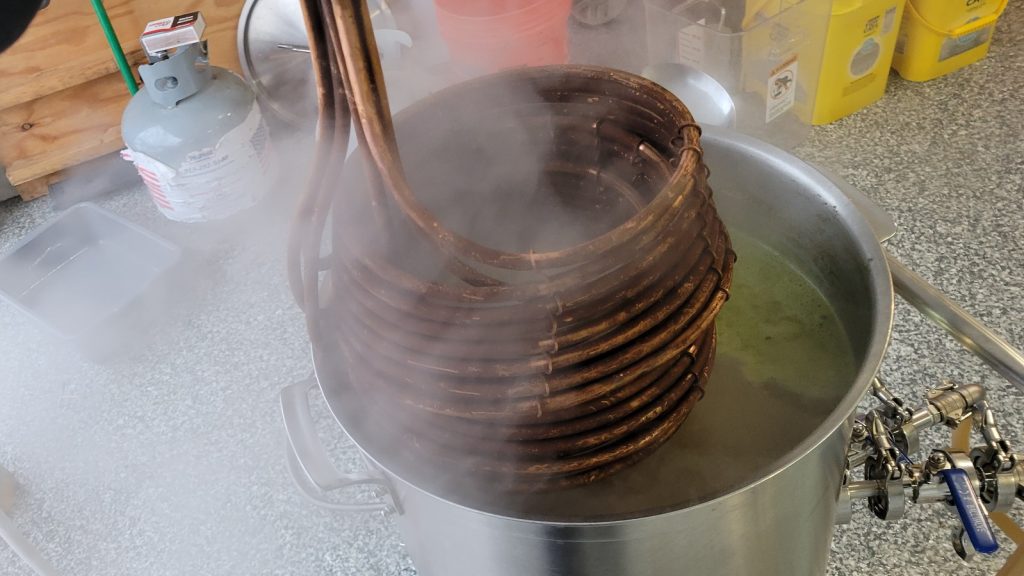
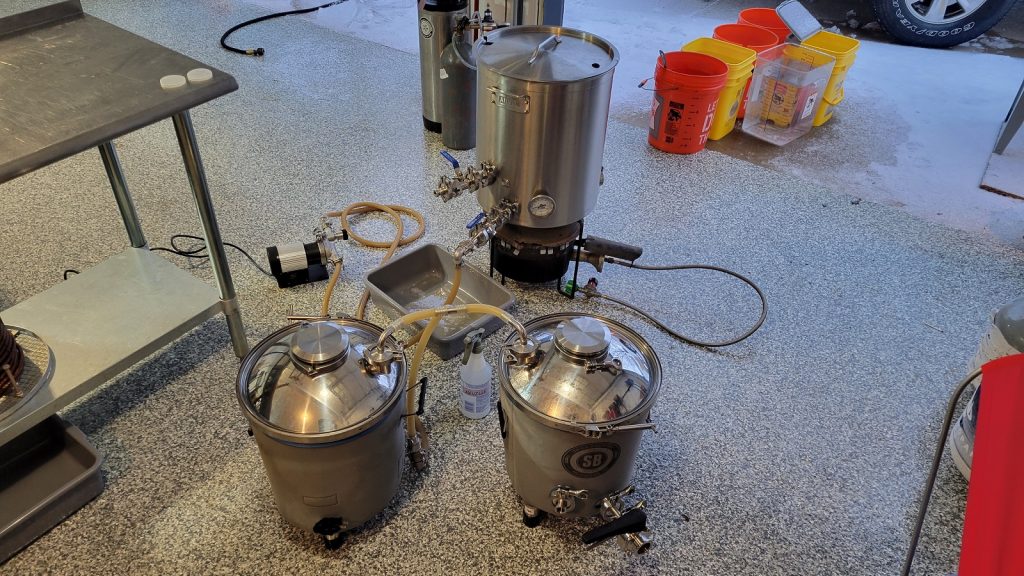
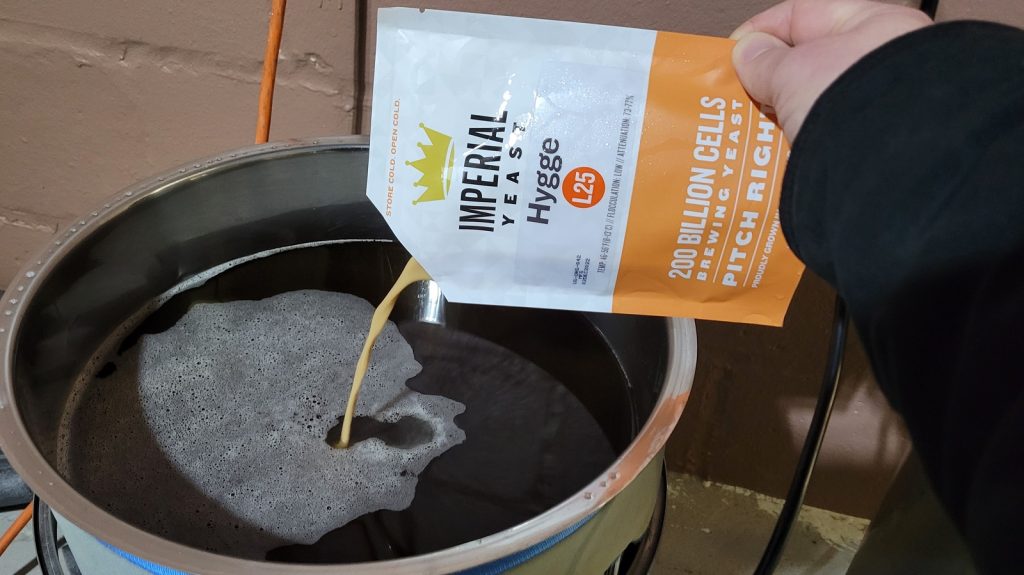
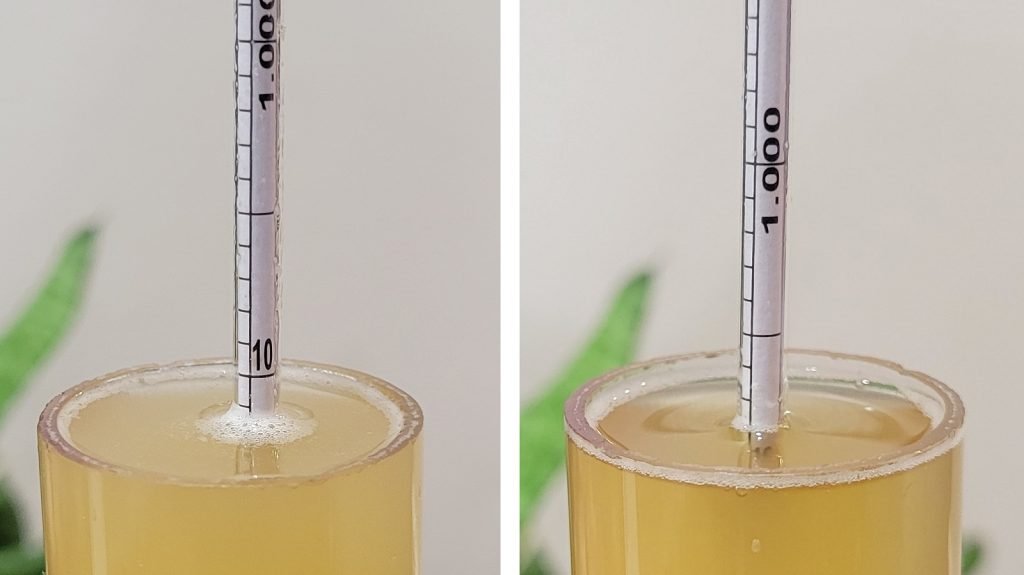
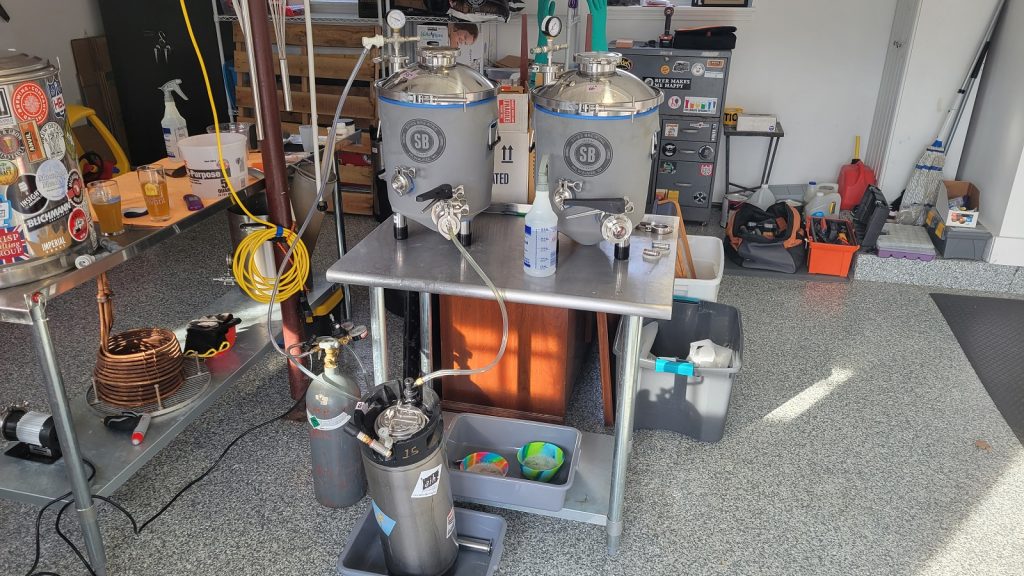











9 thoughts on “exBEERiment | Fermentation Temperature: Imperial Yeast L25 Hygge In A German Helles Exportbier”
Your temperature experiments make me wonder if any yeast suppliers other than Fermentis and Escarpment run their own tests. However many years after warm lager fermentation has been a thing, WL still has 10-13C as their range for 800, for example.
Anyway, great experiment!
I can’t remember if you’ve done a warm lager fermentation, coupled with a long lagering/aging period. I know half my beers, can be substantially different between 3 weeks aged, to 3 months aged. Would the warm fermentation characteristics show up then?
I suspect you’ve tried it, my memory might be going.
These fermentation temperature experiments always seem really conservative, specifically with equipment. Warm and cold temperature experiments are certainly interesting but are not all that useful. If a brewer has the ability to control fermentation temperature, it’s just as easy to set the controller to 56 F as it is 66 F.
It would be really cool and far more useful to see some experiments of not only different fermentation temperatures but also of uncontrolled fermentation temperature. Experiments like that would be really helpful to brewers who don’t have access to thousand-dollar glycol chillers and have to ferment at ambient room temperature. Knowing which yeasts can ferment cleanly in those conditions would be a game changer.
Now there’s some interesting experiments. Use the thousand-dollar chillers and heat mats to run yeasts through a diurnal range that might happen in someones shed or garage.
Finding the yeasts that can withstand that, and still ferment reliably and clean would definitely benefit homebrewers.
Actually, this is extremely helpful to those of us who live where our basements can hold temps in the low/mid 60’s through the summer! I honestly haven’t used my fermentation chamber for a lager in a few years. It’s good to see another yeast strain that should work for me.
Awesome data point. Warm fermentations speed it up but they also mean you can use less yeast and you may end up with a cleaner beer in the end
I guess the sentence “Refractometer readings showed the weak boil wort was 0.006 SG point lower than the wort boiled vigorously.” is from a failed copy/paste? 🙂
My question exactly. I had to scroll back up to see where the boil was mentioned (and why it would be relevant to this exBEERiment).
What was final gravity for these beers?